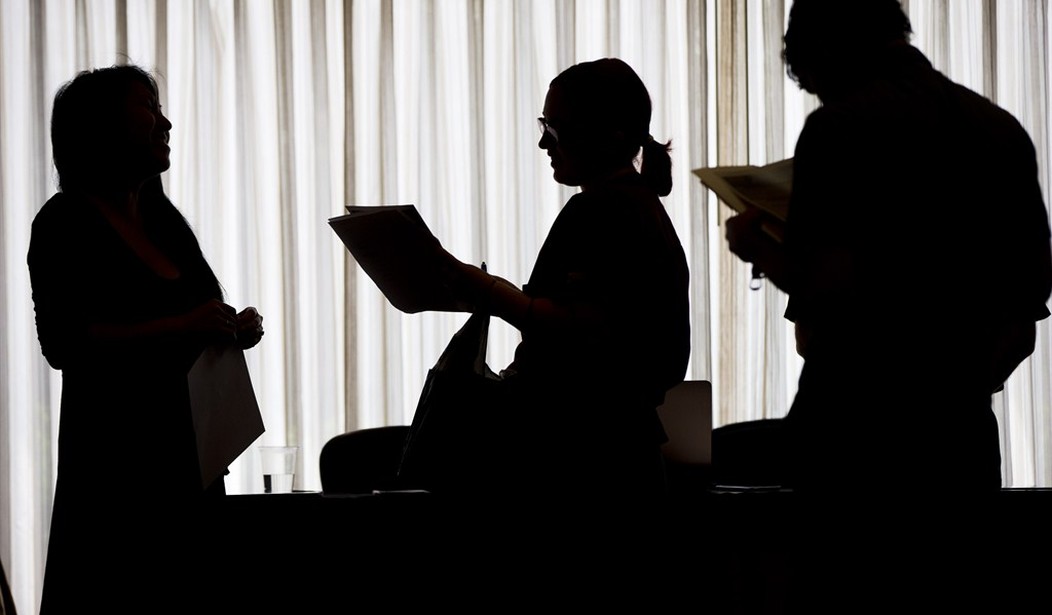The official unemployment rate has been dropping, but as Federal Reserve Chair Janet Yellen conceded Tuesday, the national economic state is “less rosy” than these numbers suggest.
The authoritative report produced each month by the Bureau of Labor Statistics has created a narrow criterion for determining who is “unemployed.” For example, the report does not include “discouraged workers,” or in the vernacular, people who have become convinced there are no jobs available and have stopped looking.
The Mercatus Center explained:
The most commonly reported unemployment rate—5.7 percent in January 2015—is defined as the number of people without jobs who are available to work and are actively seeking work in the four weeks preceding the survey as a percentage of the labor force (the sum of employed and unemployed persons in the economy). At first glimpse, the 5.7 percent official US unemployment rate appears to be good news. Indeed, the early data show that the economy did add 257,000 jobs in January.
The Bureau of Labor Statistics categorizes the persons described above as the “U-3 Persons Unemployed” and releases the data as the “official unemployment rate.” Questionably missing in their number crunching are the U-4 (“discouraged workers”), the U-5 (people who are available and are looking for work, but have not actively searched in the four weeks prior to the survey), and the U-6 (part time workers who are “underemployed").
Recommended
Below is a chart showing the how these added categories of the unemployed would alter the way we view the official unemployment rate:
As you can see, the government’s strict measuring stick overlooks much of the struggling workforce.
When asked about the restriction during a Senate Banking Committee hearing on Tuesday Yellen responded:
“The U-6 is a broader measure of unemployment, and it includes marginally attached and discouraged workers and also an unusually large number of individuals who are working part-time who would like full-time jobs, so it is a much broader indicator of underemployment or unemployment in the U.S. economy. And a lot of it’s come down. It was 12.1 percent a year ago. It’s come down from there to 11.3. It definitely shows a less rosy picture than U-3 or the 5.7 percent number.”
The number is certainly less rosy and also calls into question why the rubric exists as it does today. You can hear more of Yellen’s explanation below.

























Join the conversation as a VIP Member